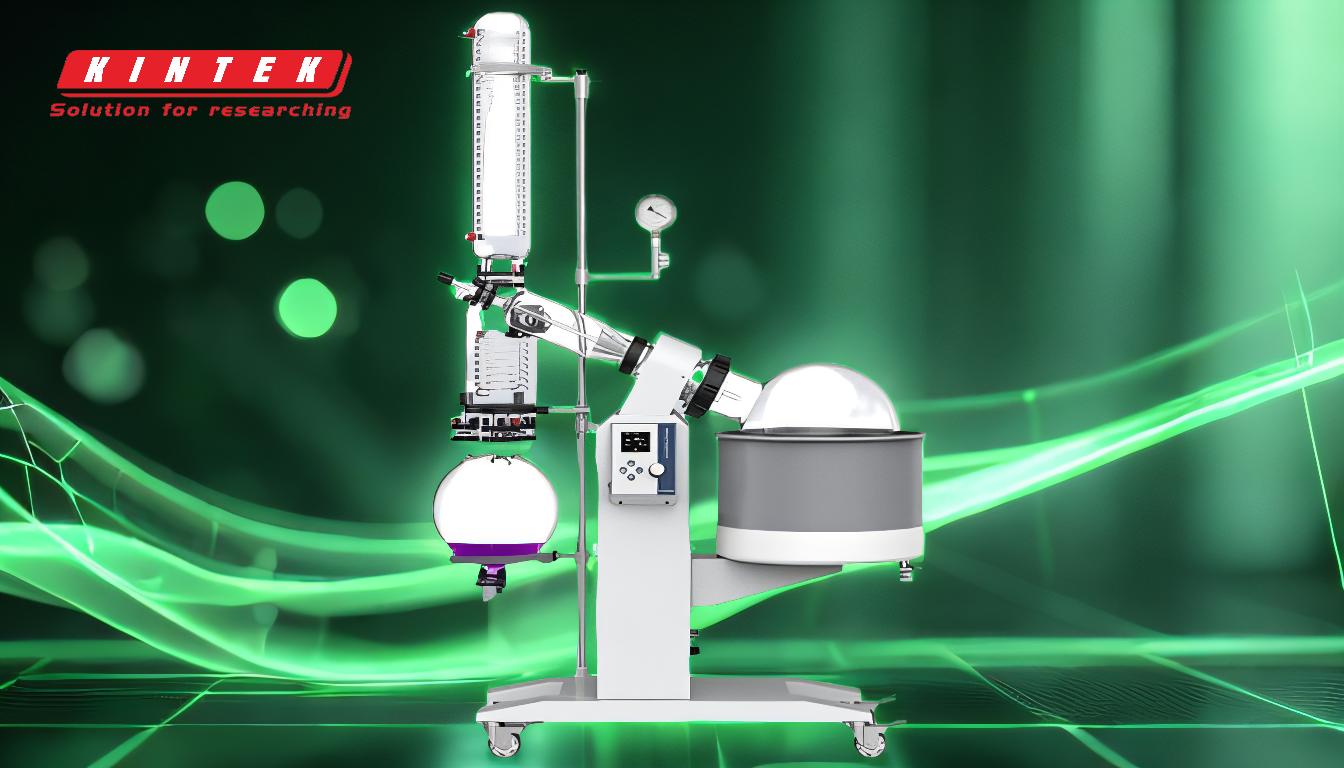Distillation is an energy-intensive process primarily because it relies on heating a liquid mixture to separate its components based on their boiling points. This requires significant thermal energy to achieve and maintain the necessary temperatures, especially for mixtures with components that have similar boiling points. Additionally, the process often involves cooling and reheating cycles to condense and re-evaporate the components, further increasing energy consumption. The inefficiencies in heat transfer, the need for precise temperature control, and the large-scale industrial applications of distillation all contribute to its high energy demands. Optimizing distillation processes and exploring alternative separation technologies are ongoing challenges to reduce energy consumption.
Key Points Explained:

-
Heating Requirements:
- Distillation involves heating a liquid mixture to its boiling point, which requires substantial thermal energy. The amount of energy needed depends on the specific heat capacity of the mixture and the temperature difference between the initial and boiling states.
- For mixtures with components that have similar boiling points, the process often requires precise temperature control and prolonged heating, leading to higher energy consumption.
-
Cooling and Reheating Cycles:
- After vaporization, the components must be condensed back into liquid form, which involves cooling. This cooling process typically requires energy, and the condensed liquid may need to be reheated for further separation, creating a cycle that consumes additional energy.
- The repeated heating and cooling cycles in multi-stage distillation processes amplify the overall energy demand.
-
Heat Transfer Inefficiencies:
- In industrial distillation columns, heat transfer inefficiencies can lead to energy losses. Factors such as poor insulation, suboptimal heat exchanger designs, and heat losses to the environment contribute to the overall energy intensity of the process.
- Improving heat transfer efficiency through better equipment design and insulation can help reduce energy consumption, but these improvements often come with increased capital costs.
-
Large-Scale Industrial Applications:
- Distillation is widely used in industries such as petroleum refining, chemical production, and beverage manufacturing, where large volumes of materials are processed. The scale of these operations means that even small inefficiencies can result in significant energy consumption.
- The need for continuous operation in many industrial settings further exacerbates the energy demands, as maintaining stable operating conditions requires constant energy input.
-
Alternative Separation Technologies:
- Researchers and engineers are exploring alternative separation technologies that may be less energy-intensive than traditional distillation. These include membrane-based separation, adsorption, and extraction processes.
- While some of these alternatives show promise, they often face challenges related to scalability, cost, and compatibility with existing industrial processes.
-
Optimization Strategies:
- Advances in process optimization, such as the use of advanced control systems, heat integration, and energy recovery techniques, can help reduce the energy intensity of distillation.
- For example, heat integration involves using the heat from the condensation of one stream to preheat another, thereby reducing the overall energy requirement.
-
Environmental and Economic Implications:
- The high energy consumption of distillation has significant environmental and economic implications. It contributes to greenhouse gas emissions and increases operational costs for industries.
- Reducing the energy intensity of distillation is therefore not only a technical challenge but also an important goal for sustainability and cost-effectiveness.
By understanding these key points, stakeholders can better appreciate the complexities of distillation and the importance of ongoing efforts to improve its energy efficiency.
Summary Table:
| Key Factor | Description |
|---|---|
| Heating Requirements | Requires substantial thermal energy, especially for mixtures with similar boiling points. |
| Cooling and Reheating Cycles | Repeated cycles of heating and cooling amplify energy consumption. |
| Heat Transfer Inefficiencies | Poor insulation and suboptimal designs lead to energy losses. |
| Large-Scale Applications | Industrial-scale operations result in significant energy demands. |
| Alternative Technologies | Membrane-based separation, adsorption, and extraction are being explored. |
| Optimization Strategies | Heat integration, advanced control systems, and energy recovery reduce energy use. |
| Environmental Impact | High energy use contributes to greenhouse gas emissions and operational costs. |
Learn how to optimize distillation processes for energy efficiency—contact our experts today!











